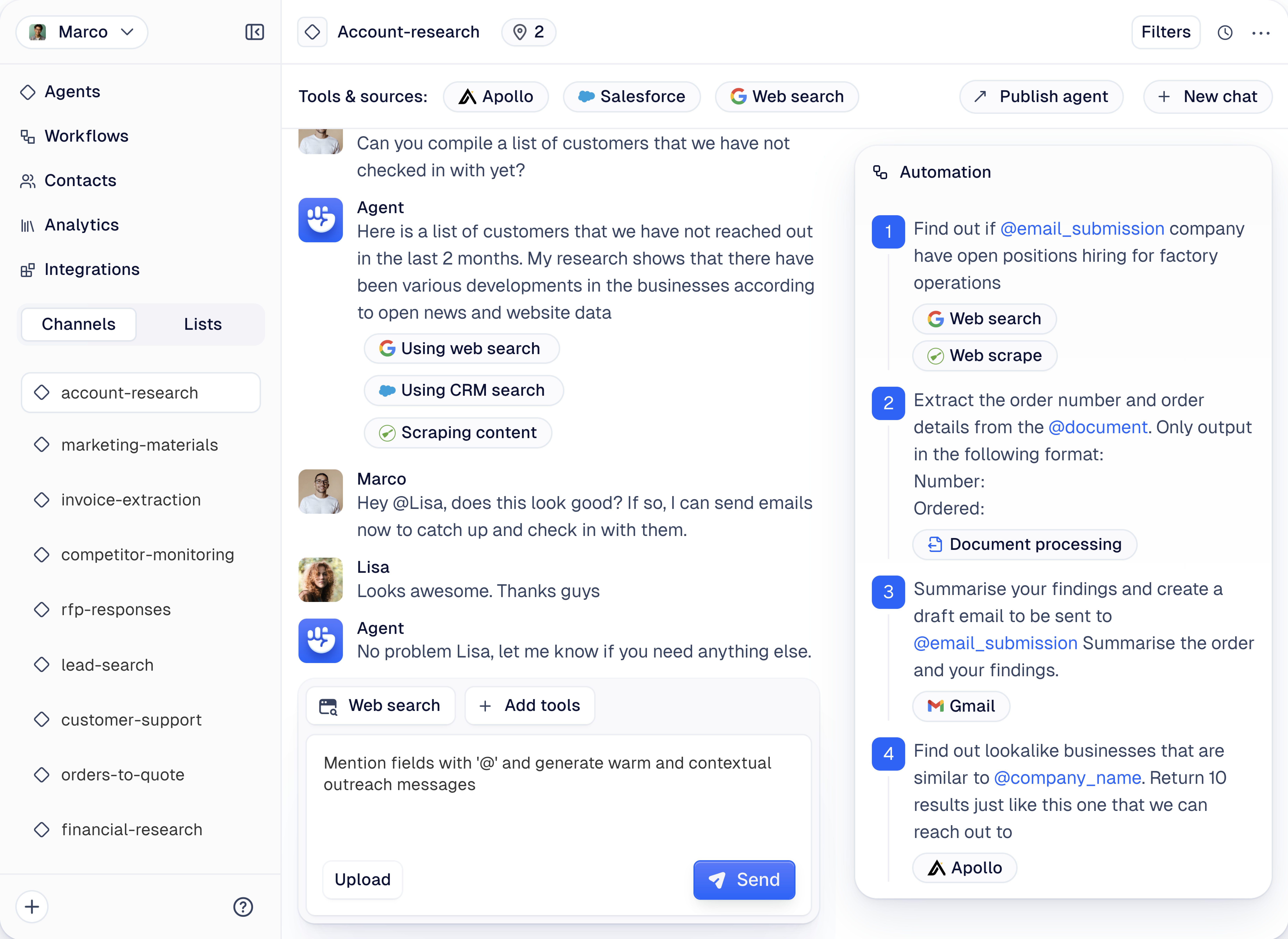January 16, 2024
by
Mert Deveci
Users can be liars - sometimes
Talking to users is hard. You hear "Talk to your users" again and again and again. Then? Then nothing else?
A whole library of wisdom lies beneath customer conversations. It is art. It is also a science.
To bankrupt a fool, give him too much information - Nicholas Taleb
The conversations you have with users is a double-edged sword. They can either:
inform your product development roadmap so well
or lead you astray so bad you build something completely useless
I will focus on what to avoid during the conversations here, here are the headlines:
Compliments
Fluff
Ideas
1. Compliments
They feel so good. They are nice. And that is all what they are. Nice.
They deceive. They are not the hard truths.
People are polite. They definitely are more polite when it is the first time you meet someone. As long as you are not selling weapons, there is a high chance you will get a compliment.
What do you do?
Acknowledge and ignore: Do not take notes of compliments. Say "Thank you" or nothing and keep going.
Redirect the conversation: Get back to the topic fast. Don't spend time saying things like "Yeah we are excited" or "That's what we thought".
Ask for proof: Respond with a question. If they are complimenting you, it is a good opportunity to understand if they were actually doing the thing they are complimenting in the first place.
2. Fluff
Generics. The future. Hypotheticals.
It does not matter. It is fugayzi, fugazi, woozy, wazy.

You need solid ground. What happened or what is happening now is what matters. People do not easily change the way they do things. They daydream. Focus on what they are already doing.
What do you do?
Ask for specifics. Go deep and ask really detailed questions.
Ask about a past example. Let them take you through it, listen to the story
Ask them what made it challenging. This will transition you into their pain points
3. Ideas
Shiny, isn't it? But treacherous.
Ask yourself: Who has ever said "No" to a feature?
It is easy to imagine, come up with luxuries, cool stuff that is useless.
These features will come up in the interviews.
During the interview, do not promise anything. If the idea seems promising, go deeper. Ask how they do things today.
Do they stitch up multiple solutions to achieve the same outcome?
Do they get mildly emotional talking about the problem they are trying to solve?
These are all highly positive signals.
What do you do?
Dig beneath. Why did the user offer this idea? What is the source?
Proxy solution: Did the user implement the solution half-assed just as he suggested you do?
Your gut: Trust your gut on the feature.

